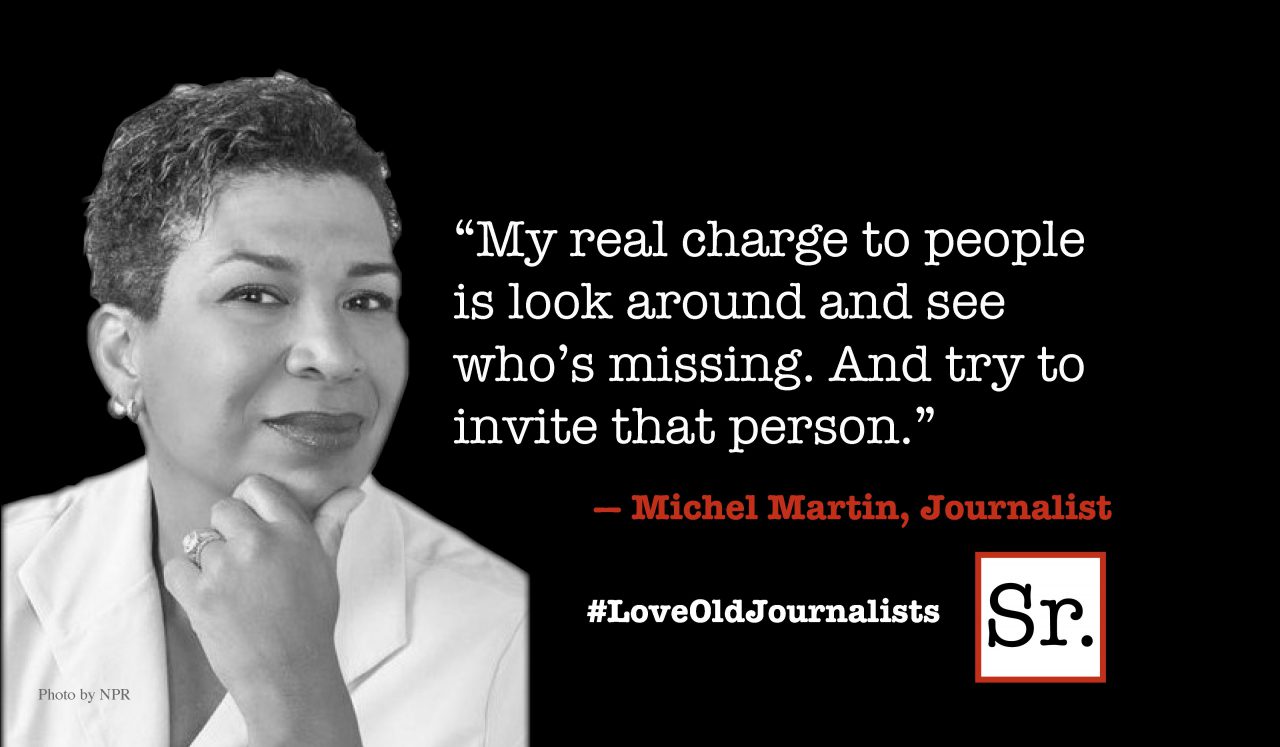Linda Edelstein
Linda N. Edelstein, Ph.D. is a clinical psychologist, writer and professor that lives and works in Evanston, Ill. In her blog Life Aint for Sissies Edelstein comments on ideas from psychology that make life better. Her nonfiction books are: "Maternal Bereavement," "The Art of Midlife: Courage and Creative Living for Women," "The Writer’s Guide to Character Traits," "What Do I Say: The Therapist’s Guide to Answering Client Questions." Her first novel, "Object of Obsession," has recently been published. All her books are available on Amazon.
More from Linda Edelstein
There is no going back from understanding.
At first glance, seeing different sides of a problem sounds like a good thing to be able to do. It sounds open-minded, flexible and social – right? Not always. Let me explain…
Years ago, I watched an interview at the Republican National Convention. The reporter said to the Republican delegate, “I know that you are a supporter of a woman’s right to choose.”
“Yes,” answered the delegate who happened to be a woman.
“Yet, today you voted against that,” the reporter continued. “You voted for a party platform that outlaws the right to choose.”
“Yes,” she said again.
“Why?”
“I am a supporter of choice but I listened to other people and they wanted a different platform. It meant a lot to them, so I voted with them.”
Forget about your position on choice, forget about Democrats and Republicans. Think about the underlying dynamic that the delegate described. It goes like this – 1.) I believe in a position. 2.) I hear your different beliefs. 3.) I understand that you care. 4.) I go along with you.
Her beliefs haven’t changed; she has not been convinced of another position; she is going along. First, let’s argue that this is a good thing. She has listened; she is empathic; she appreciates other people’s wishes; she knows how to compromise – all good. Next, let’s argue the negative. She has gotten lost; she has given up her beliefs; she is voting against her own values.
I want to suggest an alternative process that involves not being chained to your position AND not giving up your beliefs because someone else happens to have a different idea. Maybe the delegate could have gone through this process instead: 1.) I believe in a position 2.) I hear your different beliefs 3.) I understand that you care. 4.) I understand that I also care and must go back to my beliefs and also consider them in order to come to a decision.
People who see all sides to a question often forget to return to their side, consider and reconsider their own wishes before making a decision. They get stuck in someone else’s beliefs or desires. They get lost in pleasing, accommodating, or compromising – all fine ideas until you personally disappear.
A Notre Dame researcher asked subjects to stop lying for 10 weeks.
Most of us understand that succumbing to temptation is very easy to do: think potato chips, nuts, chocolate, shopping, gambling or booze. Temptation, and giving in, is also a mystery – why is it so difficult for some and easier for others? Many people suffer with alcoholism, drug abuse and over eating. Researchers have begun to study this phenomenon in rats and hope that their findings may apply to people.
Why can’t people stop themselves, even when they want to? Here are some findings:
* Alcoholics, drug addicts and obese people are more attracted to the ‘signals’ than other folk. ‘Signals’ are any triggers that make them aware that their drug of choice is nearby, for example, a flickering sign announcing a bar, TV commercials, a song, a smell and other cues that remind them of their desire.
* Seeing, hearing, and smelling these cues or signals sets off a dopamine reaction in the brain. Dopamine is the neurotransmitter that helps control the brain’s reward center.
* Sensitivity to signals may be partly inherited. The brain may be set up this way and then we have a mix of environmental and genetic factors that will determine how easy or difficult it will be to back away from temptation.
There is much more work to be done to understand the ‘signal responders’ and then we can begin to develop treatment strategies. For starters, you can understand why it can be helpful to avoid signals that set you off (if you recognize them).
Source: APA Monitor T. Robinson, October 2012, V43 #9
More Articles









